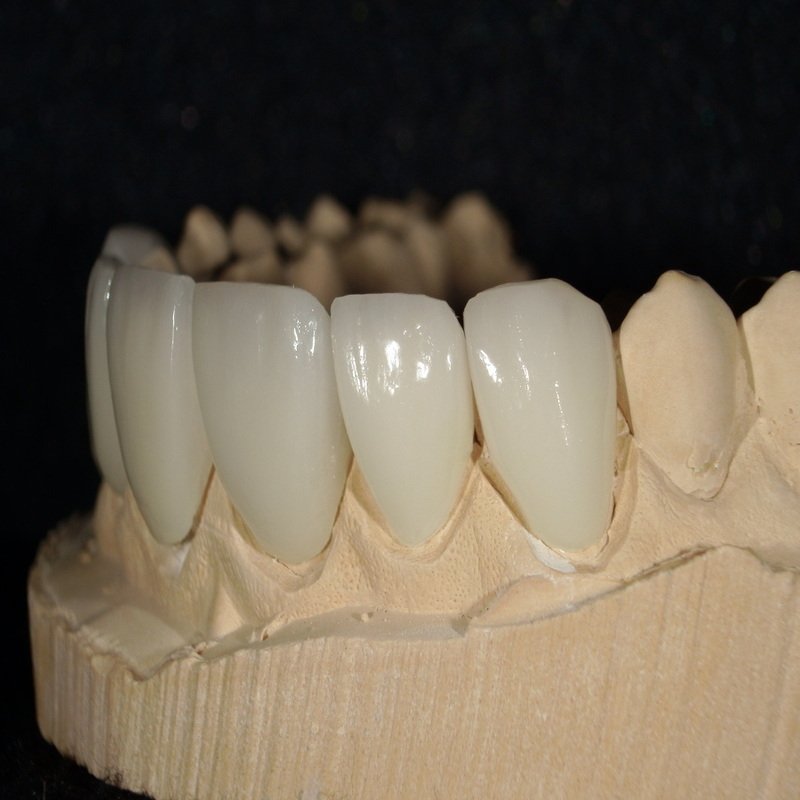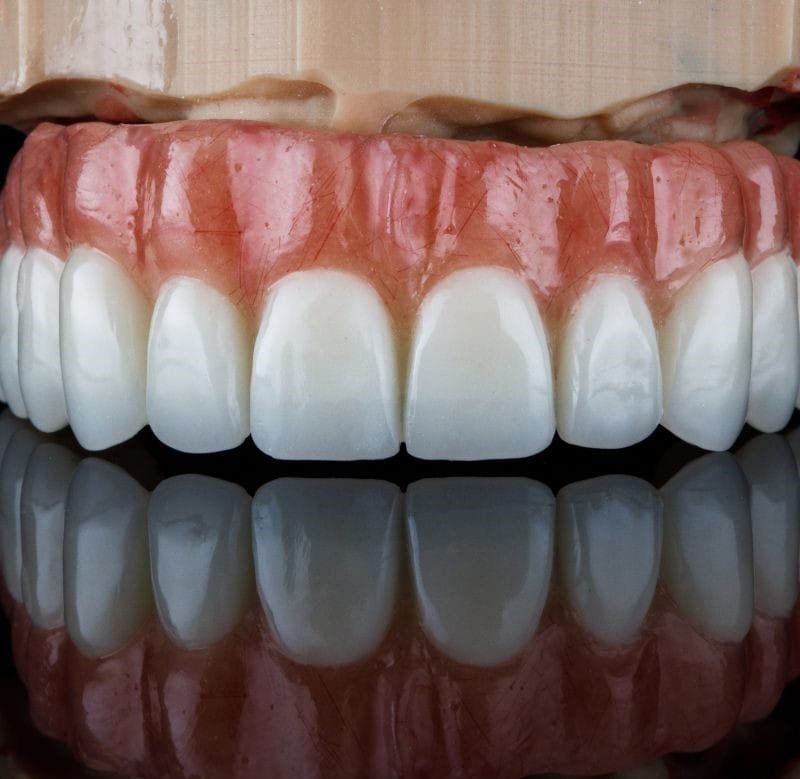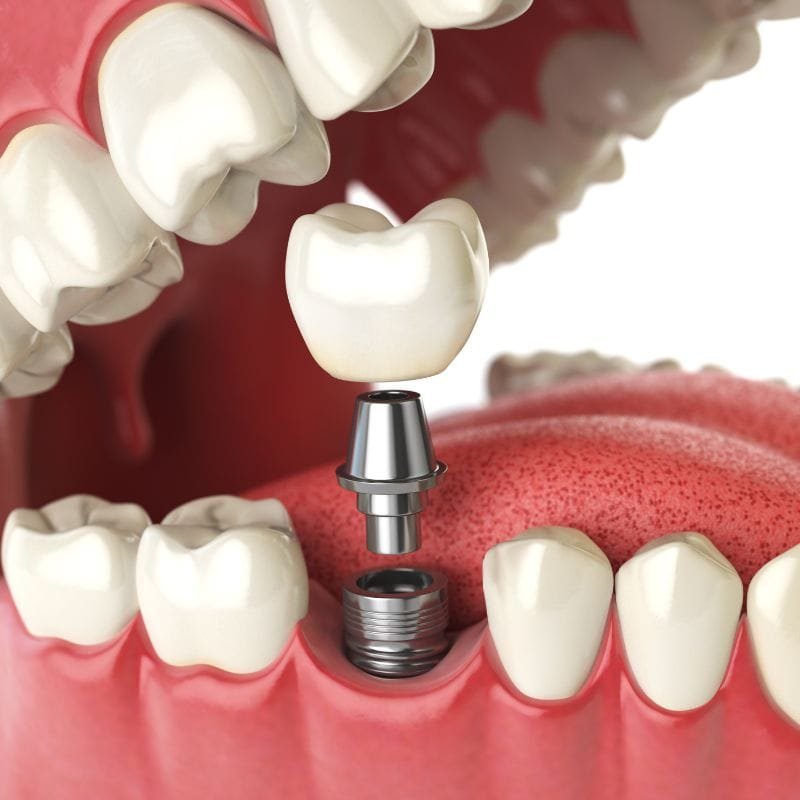The 4 Types of Dental Implants: Ultimate Guide
Tooth loss impairs our smile and our ability to chew and speak. Fortunately, dentistry has evolved a durable and practical restoration: dental implants. This blog will thus discuss the four primary existing categories of dental implants by offering a roundup of their features, merits, and peculiarities.
Introduction to 4 Types of Dental Implants
Before we get into the different types, we must know what dental implants are. A dental implant is a metal pillar, often made of titanium, that surgically gets placed into the jawbone to serve as a natural tooth root. A dental prosthesis, a crown, bridge, or denture, is put on this pillar, giving a solid and esthetic answer for missing teeth.
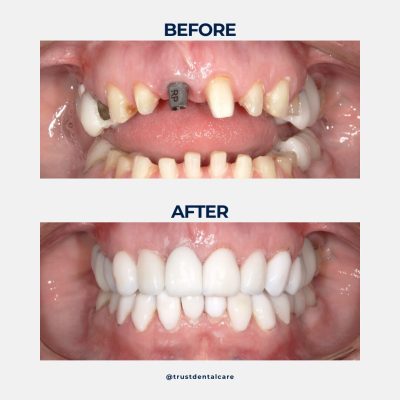
1. Endosteal implants
- Description: These implants are inserted directly into the jawbone. They are in the form of screws, cylinders, or even blades, providing a solid support for one or several artificial teeth.
- Procedure: The process involves surgery where the implant is placed in the bone. After a healing period (osseointegration), where the bone grows around the implant, securing it in place, the dental prosthesis is added.
Advantages:
- High success rate (up to 98%, according to some sources).
- Provide excellent stability and durability.
- They can support anything from a single crown to a full prosthesis.
- Considerations:
- Requires adequate bone mass.
- May require additional procedures such as bone grafting if there is insufficient bone.
For more information on endosteal implants, please refer to the information available on the medical website.
2. Subperiosteal implants
This type of implant is an alternative when there is not enough bone to support an endosteal implant.
- Description: Subperiosteal implants are placed above the bone but below the gum. They consist of a metal framework with posts that go through the gum to support dentures.
- Procedure: This surgery is less invasive than endosteal implants because the bone is not penetrated. However, it is still a surgical procedure and has a recovery time.
Advantages:
- Ideal for patients with bone deficiency.
- It is more minimally invasive, which some patients prefer.
- They are not as stable as endosteals since they are over the bone.
- The success rate may be lower than that of endosteal.
3. All-on-4 implants
All-on-4 implants are an innovation for those who need to replace a full arch of teeth.
- Description: This method uses four implants in each arch to support a complete fixed prosthesis. Implants are placed at specific angles to make the most of the bone that is available.
- Procedure: It can be quicker, usually enabling patients to leave the office with temporary teeth on that day.
Advantages:
- Allows for complete rehabilitation in a single session.
- Reduces the need for bone grafting.
- Offers a fixed solution, avoiding problems with removable dentures.
- Considerations:
- May not be suitable for all bone structures or clinical cases.
- Accurate implant placement is crucial for long-term success.
4. Zygomatic Implants
Zygomatic implants are an option for patients with severe bone insufficiency in the upper jaw.
- Description: These implants are anchored in the zygomatic (cheek) bone instead of the mandible, providing a solution for patients with little maxillary bone.
- Procedure: This is an advanced technique that requires an experienced specialist, since it involves working in complex anatomical areas.
Advantages:
- Avoids the need for large bone grafts.
- Allows immediate rehabilitation in many cases.
- Considerations:
- It is a more complex procedure with potentially higher risks.
- Not all dentists are trained to perform it.
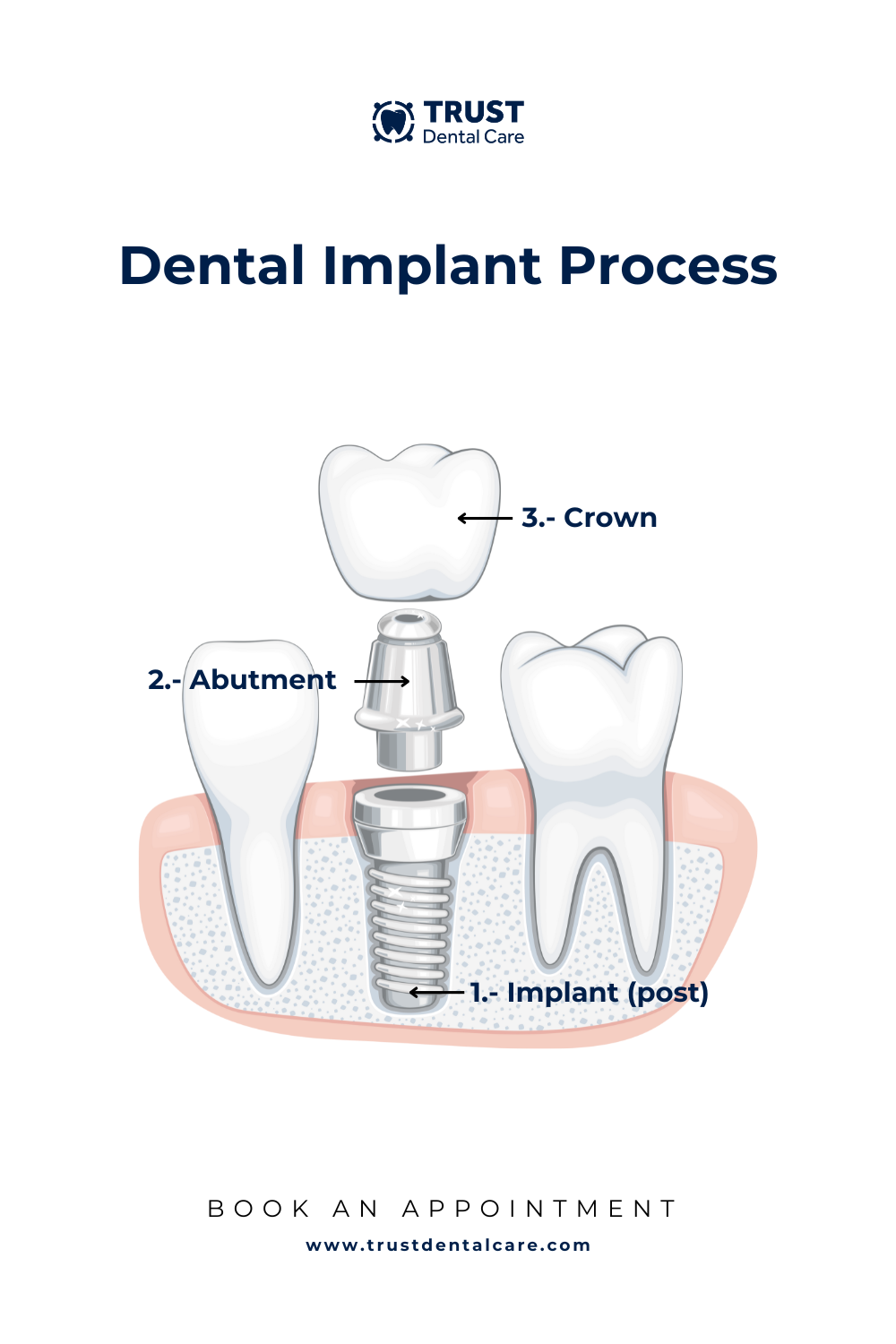
Ready for a smile?
The choice of implant type depends on factors such as the quantity and quality of bone available to the patient, general health status, and personal preferences. Endosteal implants are the standard type and are what most patients will receive; however, subperiosteal implants, zygomatic implants, and All-on-4 implants may serve as alternative options in some particular situations. The patient should then consult a specialist in dental implants to get an individual assessment and recommendation for the best choice for restoring their smile.
Make an Appointment
Therefore, all on 4 dental implants is a long-term solution is imperative because dental implants require integrity and function that is only possible through regular dental care. Any dental implant would need excellent oral hygiene, regular dental visits, and a good diet to withstand anything over time.
Thank you for taking the time to read this lengthy article regarding the four types of dental implants. If you have any questions or need further clarification, do not hesitate to contact a dental health professional. Your smile is your best business card; you must take good care of it by using the best technology!

